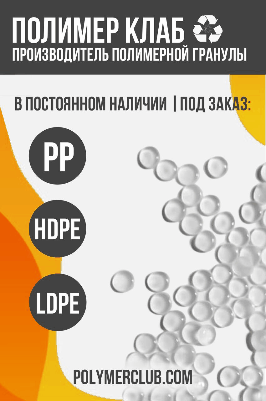LEONHARD KURZ Stiftung & Co. KG
Schwabacher Str. 482
http://www.kurz.de
+49 911 7141-0
Fürth/Germany, 21 September 2016: There is an increasing trend towards replacing mechanical knobs, buttons and switches in cars, household appliances and consumer electronic devices. Touch panels and displays with sensor technology are on the rise. In response to this megatrend, Leonhard Kurz has developed series-production ready solutions for the manufacture of decorated plastic components with embedded sensors. Until now, plastic parts have predominantly been manually equipped with sensors using mainly the expensive OCA (optically clear adhesives) technology. Integration processes developed by Kurz, however, enable sensors to be applied very quickly and economically by machine. The sensors, including electrical connection (tail), are permanently bonded to the component and are immediately functional. This has been achieved using the PolyTC sensor films developed by the Kurz subsidiary PolyIC. Compared to the ITO (indium tin oxide) films commonly used for sensors, the PolyTC films with high-resolution metal structures on a polyester carrier are significantly more elastic. This makes the sensors more deformable and thus suitable for curved surfaces. A further advantage of PolyTC films is their high transparency and conductivity. This characteristic makes them ideal for use in automotive cockpits, where plastics with thicknesses of 2.5 and more millimeters may be used. While ITO films are no longer applicable at these thicknesses, PolyTC films remain reliably functional. Surface decoration and sensor function seamlessly combined Kurz has developed plastic component decoration solutions that are tailored to the application of sensors. When metallic designs are employed, Kurz uses so-called NCVM (non-conductive vacuum metallized) films that do not interfere with the function of the capacitive sensor field. For surfaces with a dead front effect, translucent designs have been developed that are opaque when the illumination is inactive, but allow a backlit control panel to become visible on activation of the sensor. In the case of injection molded parts, a combined process has been developed that enables the component to be decorated and equipped with a sensor film in one shot. At K 2016 in Düsseldorf, Germany, Kurz will be presenting series production ready, and series produced plastic parts with integrated sensor functionality and an innovative surface design. Components from the white goods, consumer electronics and automotive industries will be exhibited. "We are proud that our complex technology now provides a means of industrially manufacturing these components,” reports Nick Wagner, Head of Plastics Decoration Sales and Marketing at Kurz and Managing Director of PolyIC. "We presented our combined touch sensor and decoration technology at K 2013. Now it's at series production maturity.” To find out more, visit the Kurz booth A19 in Hall 5. http://www.plastic-decoration.com



